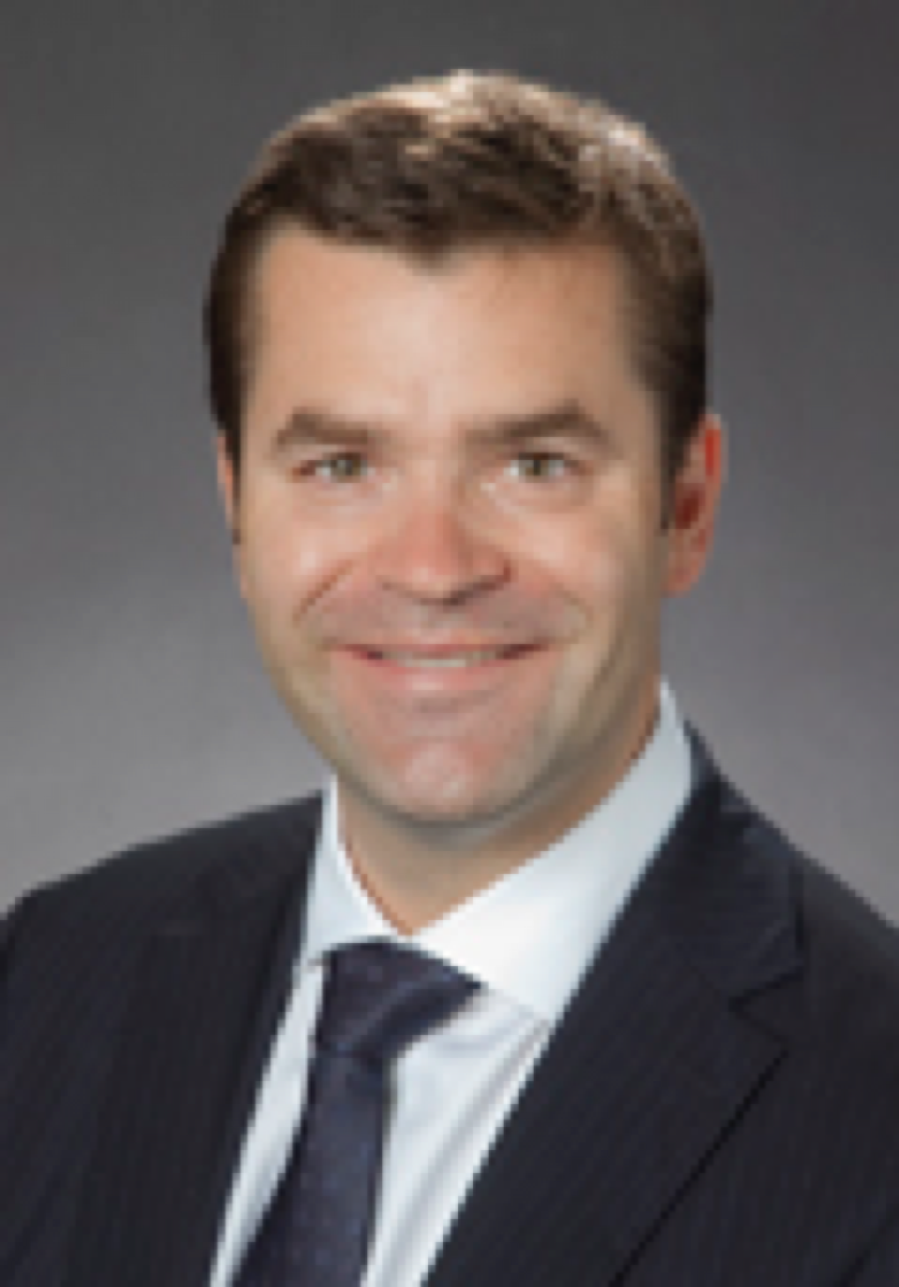Michal Hubka1, Jin Ye Yeo2
1Department of Thoracic Surgery, Virginia Mason Medical Center, Seattle, WA, USA; 2VATS Editorial Office, AME Publishing Company
Correspondence to: Jin Ye Yeo. VATS Editorial Office, AME Publishing Company. Email: vats@amegroups.com
This interview can be cited as: Hubka M, Yeo JY. Meeting the Editorial Board Member of VATS: Dr. Michal Hubka. Video-assist Thorac Surg. 2025. Available from: https://vats.amegroups.org/post/view/meeting-the-editorial-board-member-of-vats-dr-michal-hubka.
Expert introduction
Dr. Michal Hubka (Figure 1) is the Head of Thoracic Surgery at Virginia Mason in Seattle, WA. He also serves as the Executive Medical Director of the Center for Digestive Health in the PNW Division of Common Spirit Health (CSH), and as chairman of the National Lung Cancer Council of CSH. He has a deep commitment to the advancement of minimally invasive techniques in lung and esophageal cancer therapy, coupled with ERAS pathways and patient-centered recovery.
After earning an undergraduate and MD degree from the University of Washington, he completed a General Surgery Internship and Residency at Virginia Mason Medical Center. From there, he pursued his Cardiothoracic Surgery Residency at the University of Washington with Dr. Douglas Wood. At Virginia Mason, he partnered with Dr. Donald Low to continue and expand work on ERAS and MIS. He has performed nearly 2000 MIS and robotic operations, including 400 daV anatomic lung resections, 150 robotic esophagectomies, and nearly 1000 daV hiatal and paraesophageal hernias. His academic work continues to focus on building systems supporting the value and advancement of MIS and robotics.

Figure 1 Dr. Michal Hubka
Interview
VATS: What inspired you to pursue a career in thoracic surgery, and subsequently focus on minimally invasive techniques in lung and esophageal cancer therapy?
Dr. Hubka: I come from a family with a rich legacy in surgery—my grandfather was a cardiac surgeon, my father a hepatobiliary surgeon, and my mother a gynecologist. From an early age, I knew I was going to pursue a career in surgery. My specific interest in thoracic surgery is driven by the diverse range of procedures we perform, spanning the neck, chest, and upper abdomen.
As my career progressed, I became increasingly focused on minimally invasive techniques, beginning with Video-Assisted Thoracoscopic Surgery (VATS) and later incorporating robotic surgery. I am a strong proponent of advancements in surgical techniques, as they not only enhance the precision and safety of procedures but also offer significant benefits to patients, including quicker recovery times and a faster return to work.
I find particular fulfillment in treating patients with esophageal and lung cancer, as well as those suffering from benign functional disorders.
VATS: Can you highlight specific enhanced recovery after surgery (ERAS) protocols that you have implemented, and how they have impacted patient recovery after surgery?
Dr. Hubka: At Virginia Mason, we have a long history and commitment to ERAS. It started with the initiation of ERAS pathways for esophageal resection that was first described in our institution. Currently, we employ enhanced recovery pathways for all esophageal and lung MIS operations we do. We strongly believe in periodic interrogation of our data to continue to improve our outcomes.
VATS: What were the most significant challenges you faced in implementing the ERAS protocol in your institution? How do you engage your team to overcome these challenges and achieve adherence and success?
Dr. Hubka: One of the key challenges of implementing and maintaining success in ERAS centers is the ongoing training of nursing staff. We have tended to our ERAS pathways through both surgeons and our organizational commitment by hiring a dedicated APP to predictably execute our pathways and ongoing staff training.
VATS: With the rapid development and application of artificial intelligence (AI) in various fields, what role do you think artificial intelligence and big data can play in the personalization and optimization of ERAS pathways?
Dr. Hubka: Undoubtedly, AI, with its capacity to continuously evaluate and reassess large datasets, will play a transformative role in optimizing patient recovery. I strongly advocate for leveraging widely available devices to enable outpatient monitoring of post-operative patients. In the future, AI will likely allow for the early detection of subtle deviations in continuous vital sign monitoring, facilitating the shift of patient recovery to the home setting. This approach will enable earlier identification of potential complications, allowing for timely interventions and management on an outpatient basis.
VATS: Could you share some of the ongoing ERAS or minimally invasive surgery projects you are currently involved in? What objectives do you hope to achieve with these projects?
Dr. Hubka: We have recently evaluated modifiable predictors of ERAS in robotic lobectomy to facilitate post-operative day 1 discharge. We can achieve this in the majority of our patients and early ambulation appears to make a difference.
In our esophageal cancer patients, we are currently evaluating the role of objective radiographic evaluation of lower GI function to enhance ERAS following robotic resection.
VATS: What future developments in ERAS do you foresee having the greatest impact on thoracic surgery?
Dr. Hubka: As I noted above, I believe that extending ERAS to the outpatient setting through technology will facilitate a shift in our thinking about post-operative recovery. Furthermore, even though this sounds like science fiction, humanoid robotics will make aspects of ERAS such as safe ambulation and mobility more predictable. I expect this will happen sooner than we think.
VATS: What are your expectations and aspirations for VATS?
Dr. Hubka: My expectation is that, through collaboration with other content experts, we can promote advances in minimizing operative morbidity and facilitate advances in ERAS pathways to decrease the cost of care. I believe that advances in technology, operative or AI, will be costly. We need to offset those costs by improving clinical outcomes.
